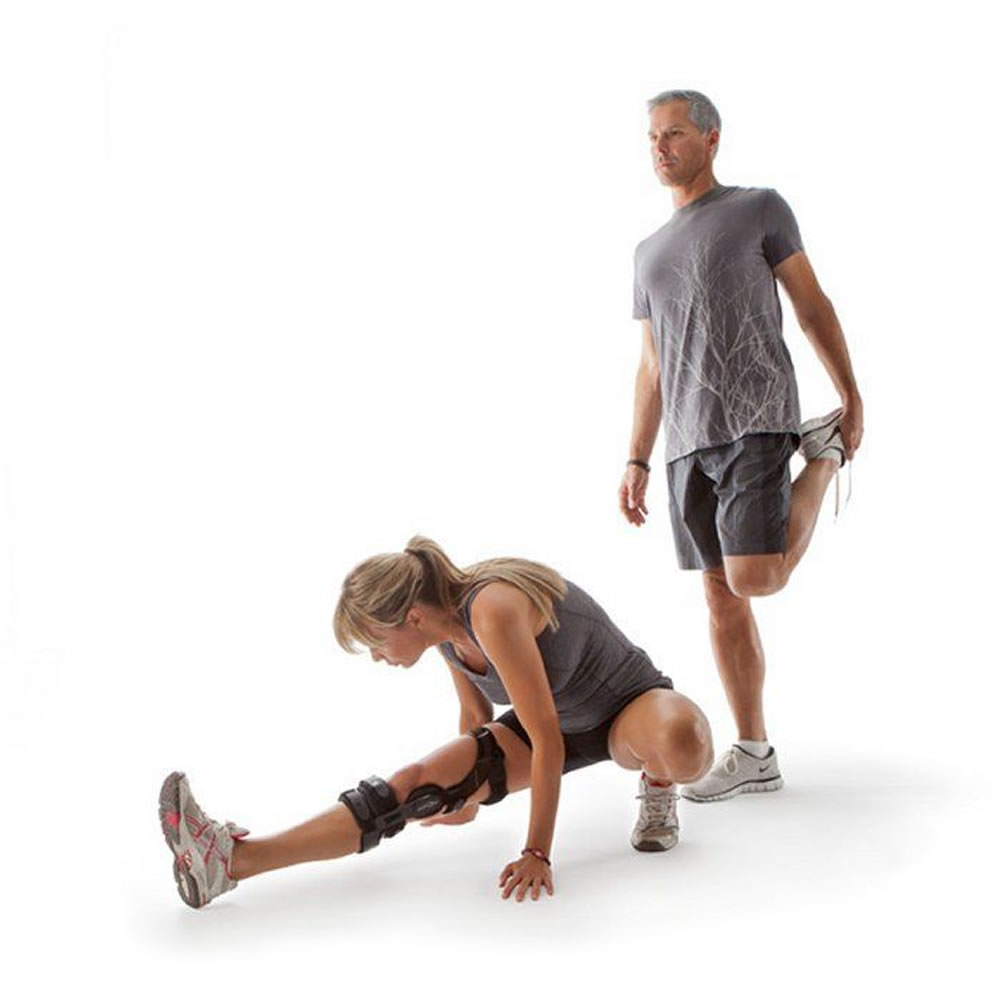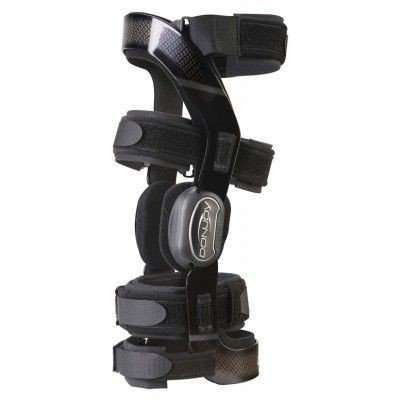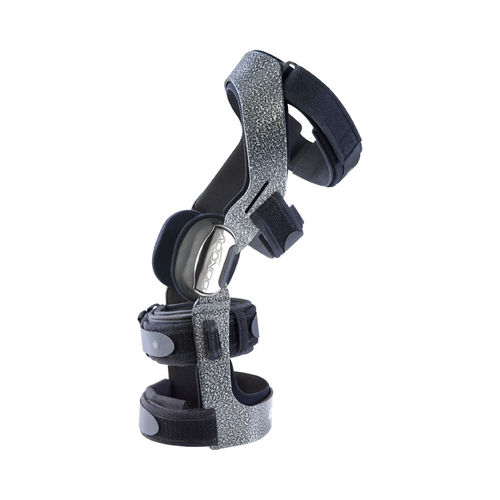Knee brace for ACL tears and Injuries
2019-06-28
 Wearing an ACL knee brace can help prevent injury to the Anterior Cruciate Ligament or help support your knee after an ACL tear or injury. A brace specific to protecting your ACL reduces the amount of time that your ACL is in an “at-risk” position for tearing. Our braces are lightweight and durable, designed to keep you in the game.
Wearing an ACL knee brace can help prevent injury to the Anterior Cruciate Ligament or help support your knee after an ACL tear or injury. A brace specific to protecting your ACL reduces the amount of time that your ACL is in an “at-risk” position for tearing. Our braces are lightweight and durable, designed to keep you in the game. ACL Knee Braces and Supports
One of the most common injuries involving the knee joint is an Anterior Cruciate Ligament tear. Commonly referred to as a torn ACL, this injury is especially frequent among athletes in sports involving constant lateral movement and changes in speed and direction, such as basketball and football. If you tear your ACL, you may hear a “pop” at the time of the injury. If you think you may have torn your ACL, you should seek medical attention as soon as possible. Treatment for ACL injuries vary depending on the severity of the injury. Possibly treatments may include physical therapy, surgery, or wearing a supporting knee brace. Often times after surgery, an ACL reconstruction brace is required to help with recovery and increasing range of motion. For those looking to return to previous sports, wearing an ACL brace is the best way to protect your knee from re-tearing your ACL.
Best ACL Knee Brace for Sports
The best ACL knee brace is one with FourcePoint Hinge technology which reduces strain on your ACL by applying pressure to the inside and outside of your femur (thigh bone) and tibia (calf bone) to prevent them from moving beyond the normal range of motion. The DonJoy Armor Knee Brace with FourcePoint Hinge is the most supportive ACL brace you can get without a prescription and was designed with the athlete in mind. The revolutionary FourcePoint Hinge is clinically proven to provide maximum ACL protection during sports. With various lengths and custom-fitting straps, you can adjust the brace to fit you perfectly and comfortably as you continue the football, basketball, skiing and other activities you love.Best Acl Knee Brace
Sources:
- Markolf KL, Gorek JF, Kabo JM, et al. Direct measurement of resultant forces in the anterior cruciate ligament. Journal of Bone & Joint Surgery, Am. 1990 72:557-567.
- Shimokochi Y, Shultz SJ. Mechanisms of Noncontact Anterior Cruciate Ligament Injury.
- Griffin LY, Albohm MJ, Arendt, EA, et al. Understanding and Preventing Noncontact Anterior Cruciate Ligament Injuries: A Review of the Hunt Valley II Meeting, January 2005. American Journal of Sports Medicine. 2006 34:9. 1512-1532.
- Arendt EA, Agel J, Dick R. Anterior cruciate ligament injury patterns among collegiate men and women. Journal of Athletic Trianing. 1999;34(2):86-92.
- Risberg MA, Beynnon BD, Peura GD, Uh BS. Proprioception after anterior cruciate ligament reconstruction with and without bracing. Knee Surg Sports Traumatol Arthrosc. 1999;7(5):303-9
- Lin CH, Liu H, Garrett WE, Yu B. Effects of Knee Extension Constraint Brace on Selected Lower Extremity Motion Patterns During a Stop-Jump Task. Journal of Applied Biomechanics.2008;4:158-165.
- Stanley C, Creighton R, Gross M, Garrett W, Yu B. Effects of a Knee Extension Constraint Brace on Lower Extremity Movements after ACL Reconstruction. Clinical Orthopaedics and Related Research. 2011; 469(6):1774-1780.
- Yu B, Herman D, Preston J, Lu W, Kirkendall DT, Garrett WE. Immediate Effects of a Knee Brace with a Constraint to Knee Extension on Knee Kinematics and Ground Reaction Forces in a Stop-Jump Task. American Journal of Sports Medicine. 2004;32:1136-1143. Nunley et al.
Show more entries from
June 2019



